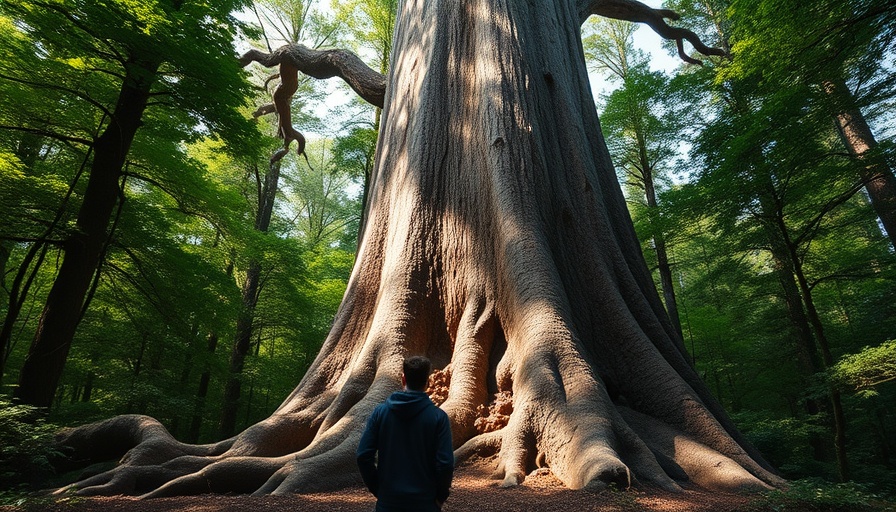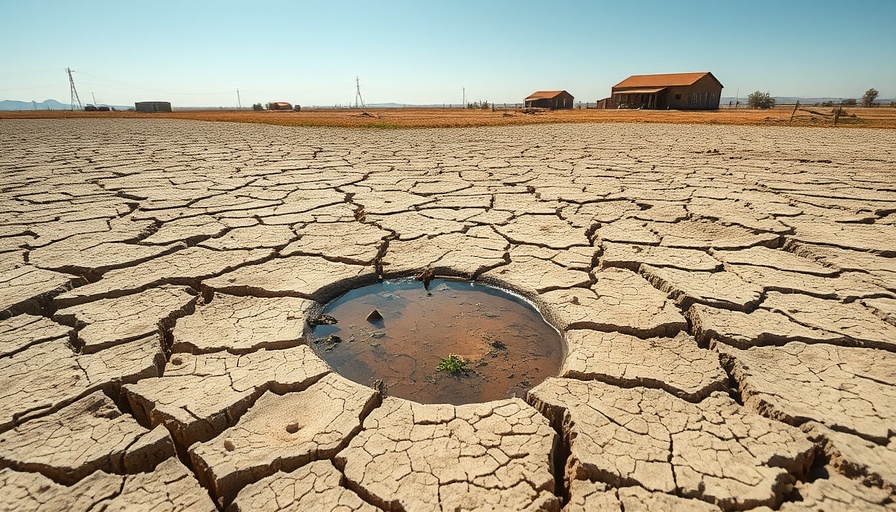
Unyielding Heat: The Long-Term Effects of Forest Fires in the Amazon
Recent research backed by NASA unveils alarming information about the Amazon rainforest, revealing that damaged areas remain significantly hotter even decades after burning. Forests in the Brazilian Amazon—once vibrant ecosystems with their unique biodiversity—now endure an average increase of 2.6°C (4.7°F) compared to untouched forests. This persistent heat, according to the study, persists for at least 30 years, impacting the ecosystem’s ability to recover and adapt to climate pressures.
Rethinking Fire: A Catalyst for Ecological Change
As underscored by lead researcher Savannah S. Cooley, fires transform the forest landscape in profound ways, shrinking recovery rates for biodiversity and compromising the forest’s essential role in carbon storage—a critical aspect of our global climate strategy. Traditional fire-sensitive tropical trees, which flourished in the humid Amazon, are now ill-equipped to deal with the aftermath of frequent fires.
Unlike ecosystems like savannas that have evolved with fire as a natural component, the Amazon rainforest has faced a perilous challenge. It hasn’t had the chance to adapt to these new conditions. These findings highlight the importance of understanding the long-term effects of wildfires, as restoration efforts become more complex in heated environments.
The Local Impact: What This Means for Seattle Residents
The ramifications of this study reach all the way to Seattle, where many are focused on climate change and sustainability. Our Pacific Northwest forests are not immune to the adverse effects of climate change. As temperatures soar globally, we may also face increased wildfire risks, suggesting a crucial need for local actions to mitigate these consequences. Understanding what happens in far-off forests echoes in our own backyards—a reminder that fostering healthy, resilient ecosystems should be a priority everywhere.
Taking Action: The Role of Sustainable Practices
The findings of the Amazon study highlight the significance of adopting sustainable practices like fire prevention and low-impact logging. As Seattle residents, we can learn from these discoveries. Supporting local tree planting initiatives, reducing emissions, and conserving our natural spaces can help create a healthier environment. Every small act contributes to the resilience of forests—both local and global.
Embracing Change: Your Role in Climate Responsibility
As we acknowledge the ongoing transformation of ecosystems, it’s essential to remember that we can foster resilience through sustainable living. By implementing simple changes in our lives—such as reducing waste, using sustainable products, and supporting conservation efforts—we can directly impact the health of the planet. Being informed and proactive empowers us and creates a ripple effect, fostering a healthier environment for all.
Our role in advocating for a better future for the Amazon and our local forests emphasizes that through collective effort, we can make a difference. Let’s not forget that while the challenges are daunting, we possess the capacity to generate positive change in our communities and beyond.
 Add Row
Add Row  Add
Add 




Write A Comment